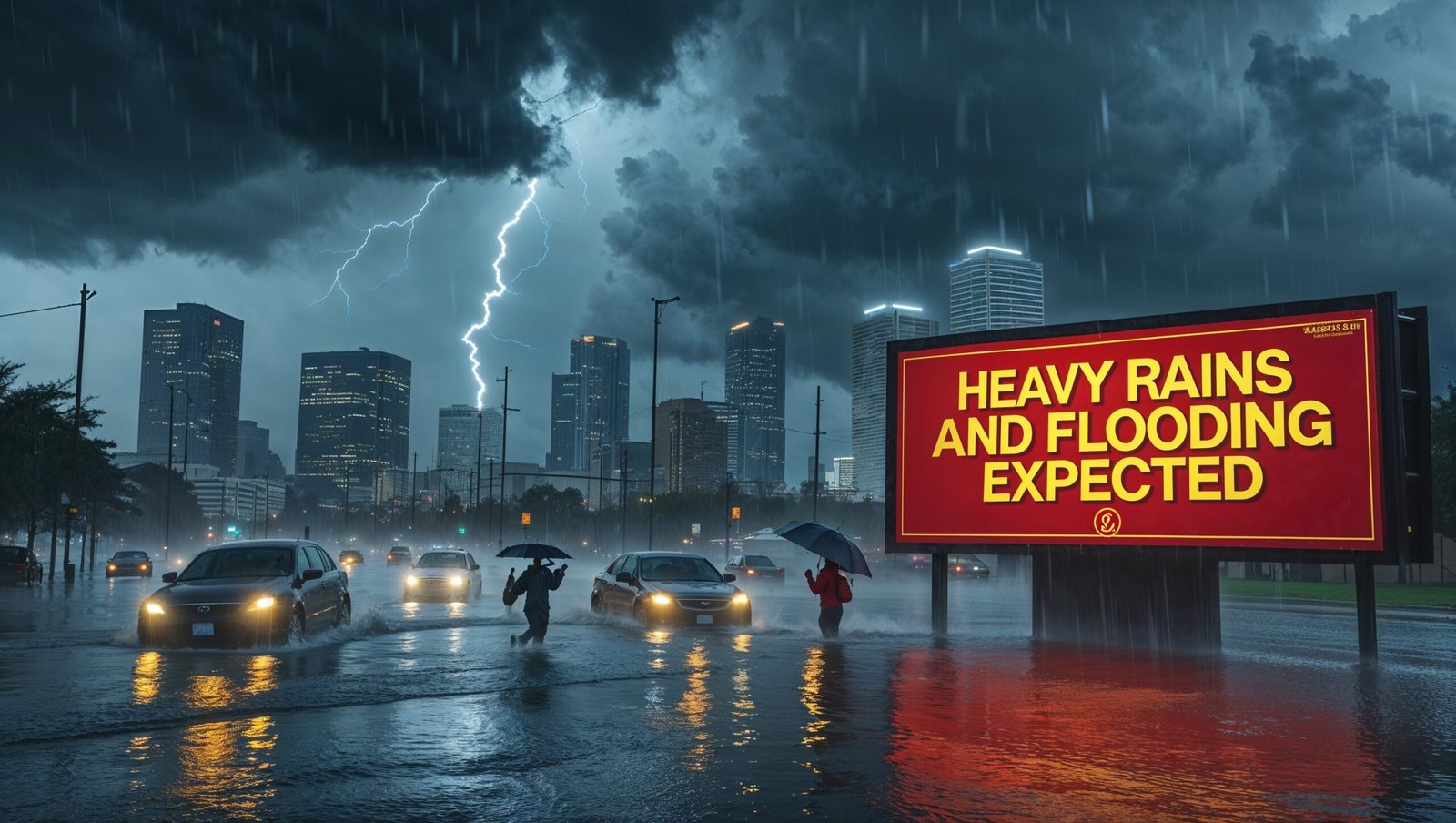The Dynamic Weather of Chicago: An In-Depth Exploration
Introduction
Chicago, the third-largest city in the United States, is renowned not only for its architectural marvels and cultural vibrancy but also for its complex and varied climate. Nestled along the southwestern shores of Lake Michigan, the city experiences a broad spectrum of weather conditions, from harsh winters to humid summers, and everything in between. Understanding Chicago’s weather involves delving into its geographical setting, seasonal variations, and the unique meteorological phenomena that characterize the Windy City.
Geographical Influence on Weather
Chicago’s location near Lake Michigan plays a pivotal role in shaping its weather patterns. The lake acts as a moderator, influencing temperatures and precipitation throughout the year. During winter, for instance, lake-effect snow can result in significant snowfall in areas downwind of the lake, creating a winter wonderland in some neighborhoods while sparing others just a few miles away.
Seasonal Climate Variations
Winter: Characterized by cold temperatures, with January being the coldest month, the city is no stranger to snowstorms and icy winds. The polar vortex is not an uncommon visitor, bringing frigid air masses from the Arctic and causing temperatures to plummet.
Spring: With the advent of spring, the city witnesses a thawing of the winter cold. However, this season is marked by volatility, with temperatures swinging from chilly to warm, often accompanied by thunderstorms as the atmosphere battles between warm and cold air masses.
Summer: Summers in Chicago are known for their warmth and humidity. The influence of the humid continental climate is evident as temperatures climb, often leading to heatwaves. The lake provides some relief, though urban heat exacerbates the conditions in densely built areas.
Autumn: Fall brings a significant drop in temperature and is often considered the most pleasant season in the city. The changing foliage, particularly in the suburbs, offers a picturesque backdrop as the city transitions from the heat of summer to the chill of winter.
Unique Meteorological Phenomena
Lake Breezes: One of the unique features of Chicago’s weather is the occurrence of lake breezes. These are essentially winds that blow from the cooler lake towards the warmer land, often providing respite during hot summer days.
Seiche Events: A seiche is a standing wave in an enclosed or partially enclosed body of water. Due to its vast size, Lake Michigan experiences these events, sometimes causing significant changes in water levels along the shore.
Meteorological Convergence Zones: The city often finds itself at the intersection of various weather patterns. Cold air masses sweeping down from Canada frequently clash with warm, moist air from the Gulf of Mexico, leading to active and sometimes severe weather systems.
Urban Impact on Climate
The urban environment of Chicago, with its skyscrapers and extensive infrastructure, also influences local climate conditions. The urban heat island effect, where urban and metropolitan areas become significantly warmer than their rural surroundings, is pronounced in downtown Chicago. This effect can intensify during the summer, highlighting the importance of urban planning and green spaces in mitigating temperature extremes.
People Also Ask
-
Why is Chicago called the Windy City?
While Chicago is indeed windy due to its lakeside position, the nickname “Windy City” originally came from the city’s blustering, boastful leaders in the late 19th century. However, the persistent winds off Lake Michigan certainly keep the name relevant.
-
What kind of weather does Chicago have year-round?
Chicago has a humid continental climate with four distinct seasons—cold winters, warm and humid summers, and varying weather conditions in spring and fall.
-
What are lake-effect snows, and how do they affect Chicago?
Lake-effect snow occurs when cold air passes over the warmer waters of Lake Michigan, picking up moisture and then depositing it as snow, particularly affecting parts of Chicago during winter.
-
How do severe weather phenomena like polar vortexes impact Chicago?
The polar vortex is a large area of low pressure and cold air surrounding both of the Earth’s poles. During winter, portions of the vortex can break off and plunge southward, bringing severe cold to cities like Chicago.
-
Is summer heat in Chicago controlled by the proximity to Lake Michigan?
Yes, Lake Michigan does have a cooling effect on Chicago’s climate during the summer, though its impact is more significant closer to the lakeshore, while inland areas may still experience intense heat.







